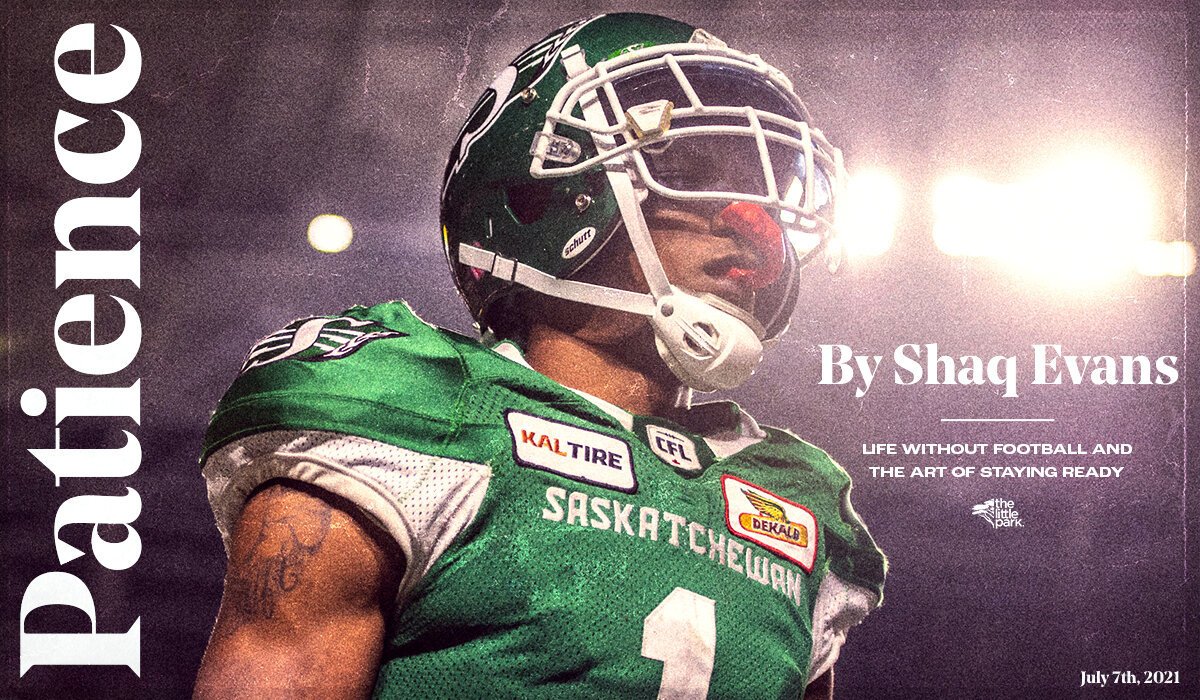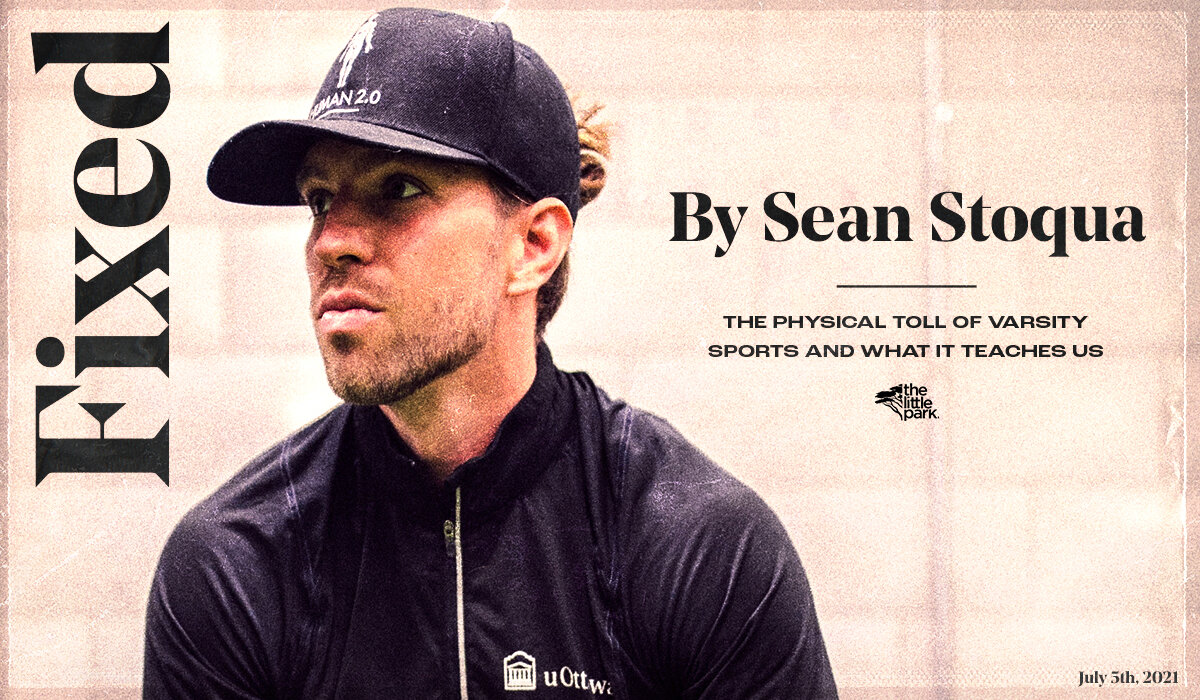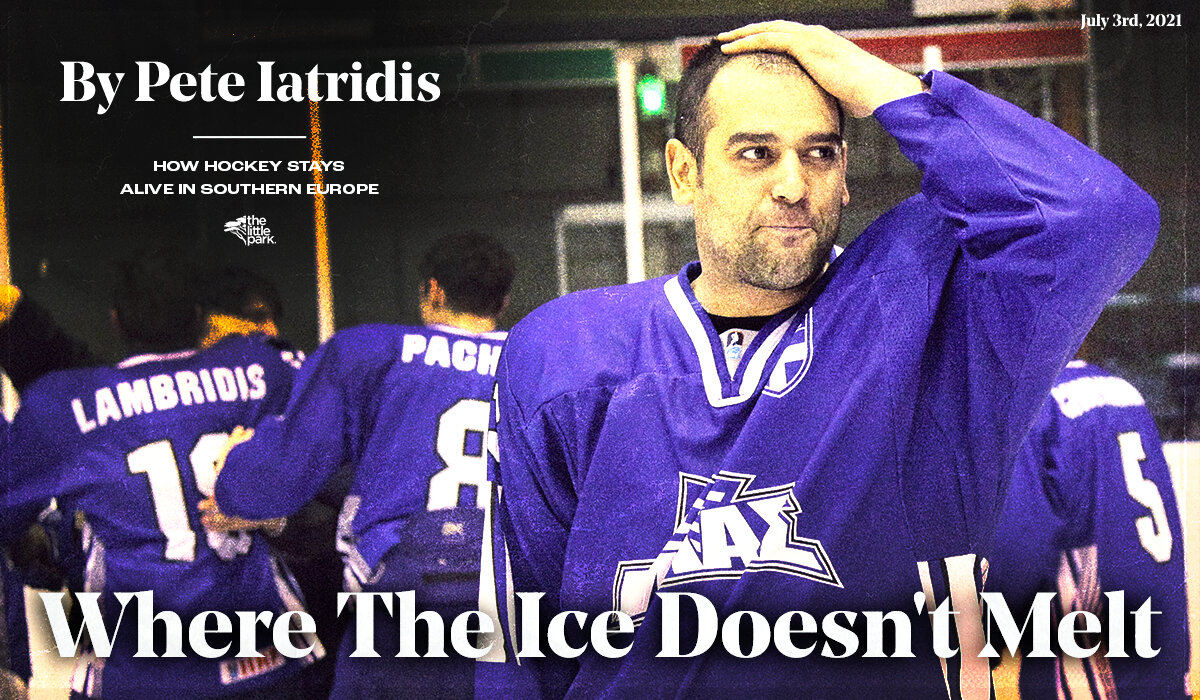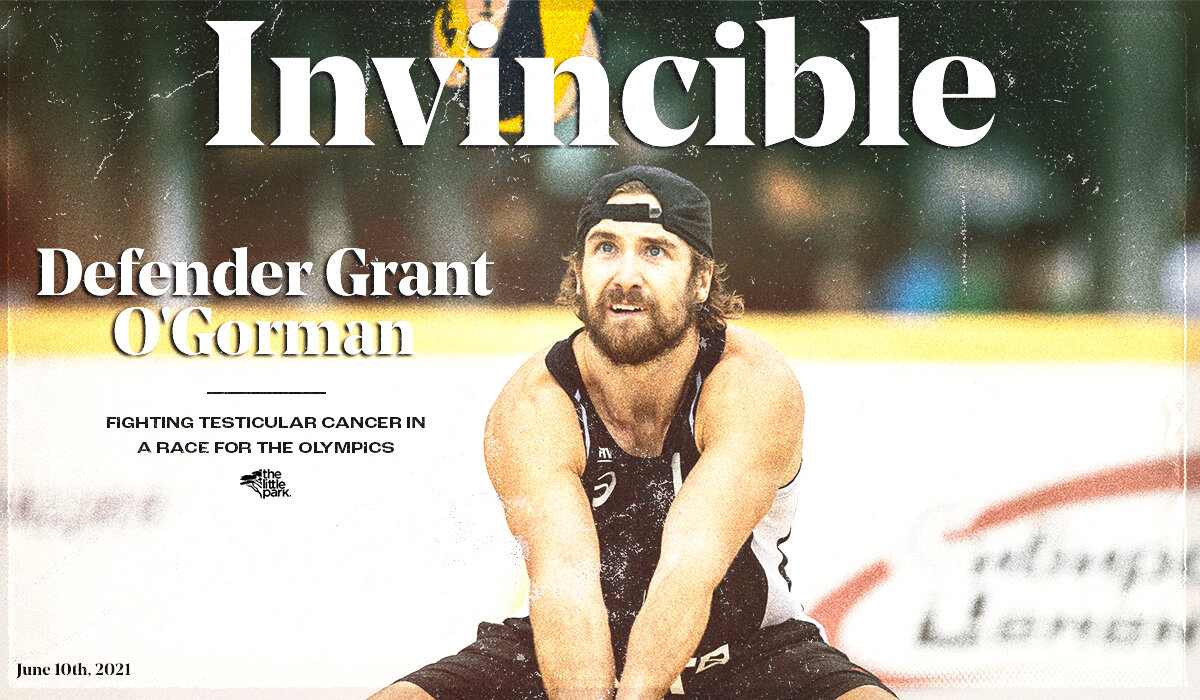the COVID-19 pandemic, the NBA and the “Doomsday Clause”.
Beginning March 11th, 2020, the National Basketball Association (“NBA”) formally suspended the 2019-2020 season “until further notice”. This suspension was due to concerns and uncertainties surrounding COVID-19 (coronavirus). Said concerns surrounded the impact the virus would have on the NBA’s games, its world-wide business, and its family of players, coaches, employees, executives, and fans. The NBA, like many of us, did not understand the significance of COVID-19 until Rudy Gobert, Centre for the Utah Jazz, tested positive on March 11th, 2020, causing a league-wide immediate shutdown.
With the previously scheduled NBA playoffs set to begin on April 18th, the league is still suspended. These circumstances have led to an unprecedented issue facing the NBA. As time has gone on and as health professionals, governments, businesses and the public have tried to control the virus outbreak, any new “start date” rumours have been speculative at best.
Like many businesses, employers, employees and other workers are wondering, what happens to the economy?
Well, NBA players found out on March 13th that they too had to deal with this fear – albeit on a much larger financial scale. ESPN reporter, Adrian Wojnarowski (“Woj”), reported on March 13th that the NBA Players Association (“NBAPA”) informed its members of a “doomsday provision” in the Collective Bargaining Agreement (“CBA”) that would allow owners to avoid paying a percentage of player salaries in the event of certain scenarios, including natural disasters, war and epidemics.
In 2016, the NBA’s owners and their players, through the NBAPA, agreed to and executed a new seven-year CBA that governs the relationship between the teams and the players, among several other things. This CBA is currently still in effect for the league. In layman’s terms, a CBA is a written contract negotiated through collective bargaining for employees by one or more unions with the management of a company (or with an employer’s association) that regulates the responsibilities of the employees or employers. These also often include dispute resolution processes for resolving any issues between the two sides.
Unfortunately for NBA players, the current CBA has a provision titled Article XXXIX, Section 5, which cites that “players lose 1/92.6 of their salary for every game missed as a result of a Force Majeure Event (“FME” or “force majeure”).” An FME is essentially a condition or event that makes it impossible for the NBA to perform its obligation under the CBA. More often than not, these clauses are put into contracts so that one party is excused from performing their obligations when confronted with circumstances beyond its control. An FME could include natural disasters, war, or potentially a pandemic, among others.
This means that the NBA can reduce every player’s salary by 1.08 percent for every cancelled game due to COVID-19. Essentially, the force majeure clause permits the NBA to terminate the CBA and reduce teams’ obligations to pay their players for the games that are cancelled due to COVID-19.
An example of the significance this clause can have on an NBA player’s finances can be understood by understanding the following:
Golden State Warriors guard, Stephen Curry’s 2019-2020 base salary is $40,231.758 after inking a five-year, $201 million contract in 2017. As a team certain to miss the playoffs, and after being injured most of the season, Curry and his teammates have 17 games left in their season. If the season were to officially be cancelled as of March 11th, 2020, and the NBA were to enforce their “Doomsday” clause, Curry would lose approximately $434,503 in his first cancelled game, and so on.
As a second example of the significance of the clause, new Warriors teammate Dragan Bender has a base salary of $94,850 for the 2019-2020 season. Based on the same facts as above, Bender would stand to lose $1,024.38 in his first cancelled game, and so on.
While these amounts could get quite significant for the players if the entire season is cancelled, as of April 19th, the NBA has not confirmed that it will enforce the force majeure clause. As of now, the NBA is still suspended, and players are still receiving their paycheques, at least partially. According to the force majeure clause, The NBA has 60 days from the beginning of the pandemic to notify the NBPA that it will declare a force majeure. Presumably, the start date for this clock would be March 11th, the day the league was suspended, or March 13th, the day President Trump declared a national state of emergency. Either way and absent other agreements by the NBA and the NBAPA, the NBA would have until mid-May to formally inform the NBPA it intends to invoke the force majeure clause.
On March 26th, Woj also reported that the NBA is reducing base salaries by 20% for approximately 100 individuals in the league office’s top-earning executives world-wide. It was reported that these reductions could last for the entirety of the pandemic. Full paycheques are still expected to be issued by the NBA to the players on May 1st, but the NBA and the NBPA are in negotiations about an upcoming potential 25% pay cut beginning in mid-May with gradual decreases coming as time passes with no games being played. Negotiations are ongoing between the parties with updates occurring as days progress.
If the sides do not come to a new agreement, terminating the CBA and activating the force majeure clause would be a drastic move that could create an adversarial relationship between the two parties and potentially lead to antitrust issues. Fortunately, Article XXXIX forces both parties to engage in good faith negotiations for 60 days following the NBA informing the NBPA it is invoking the force majeure clause. Presumably, these negotiations would surround a potential new CBA based on the new circumstances. During this period, players cannot strike and the league cannot force the players into a lockout.
If the 60-day negotiation period passes without any agreement, the terms of the previous CBA would remain in effect. Under U.S. federal law, this remains the case in so far as the good faith negotiations continue between the two parties. That said, if negotiations become intractable or they end, the NBPA as a union could vote to decertify itself and then use U.S. federal litigation to challenge the legality of league rules that enable the league’s competing teams to refrain from proper economic competition. The NBA, like many other professional leagues, avoids antitrust laws because league operations are governed by the CBA. If the CBA is terminated, antitrust laws come into play. This could lead to litigation started by the players encompassing potential antitrust issues surrounding the league’s salary cap, the NBA draft, and any other rule established by the CBA that allows the league’s teams to restrain competition between themselves.
These federal labour laws will not come into effect as long as the CBA is in place. Though, if a new agreement is not reached between the parties and the NBA decides to enforce the force majeure clause, things may soon change. While antitrust litigation has proven to be disruptive for the league before, both parties are likely working tirelessly to avoid anything above from becoming a reality.
This article provides information of a general nature only. It does not provide legal advice nor can it or should it be relied upon. All legal situations are specific to their facts and will differ from the situations in the articles. If you have specific legal questions you should consult a lawyer.
-Kendal Steele
Lawyer, entrepreneur, and sports fan who focuses on trends in sports, business, law and entertainment.
instagram // twitter // linked in











